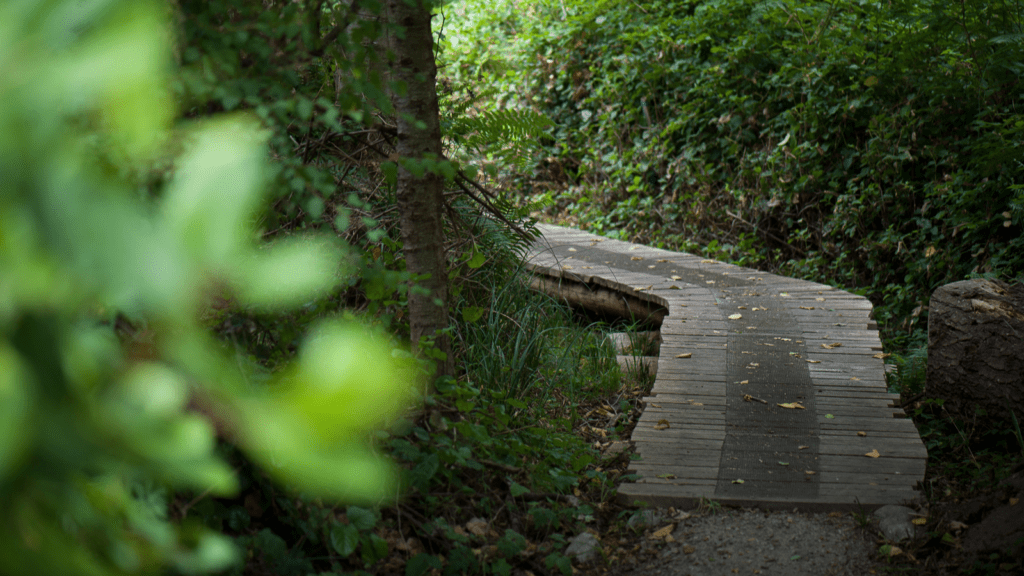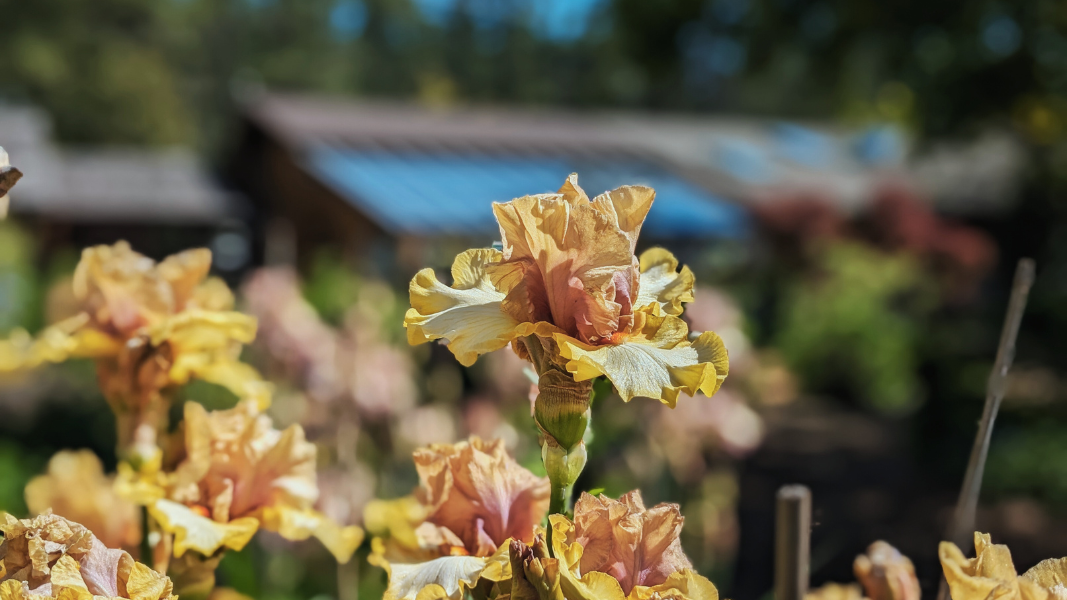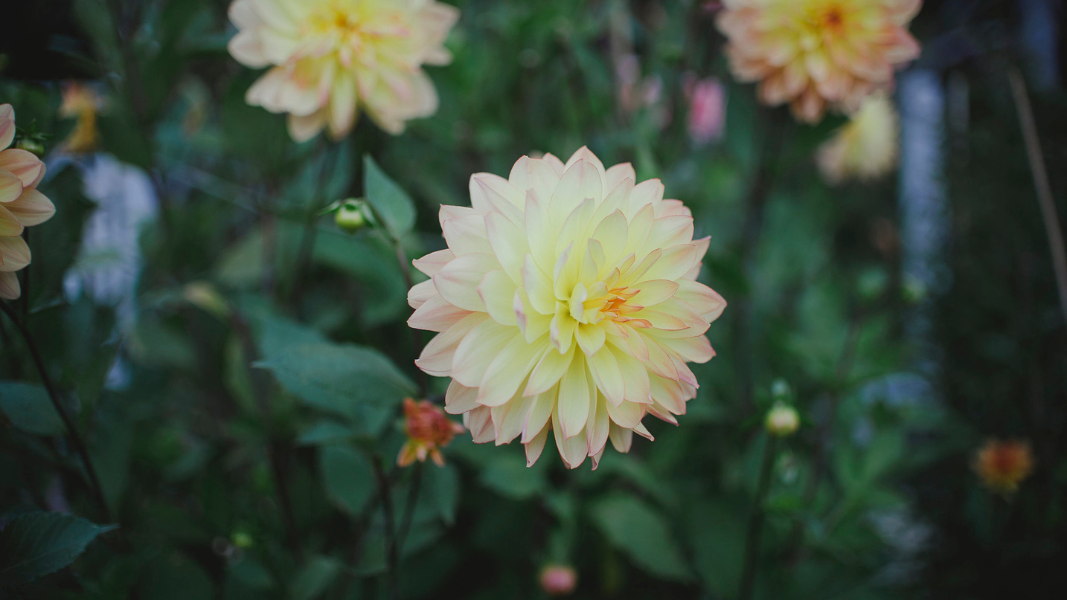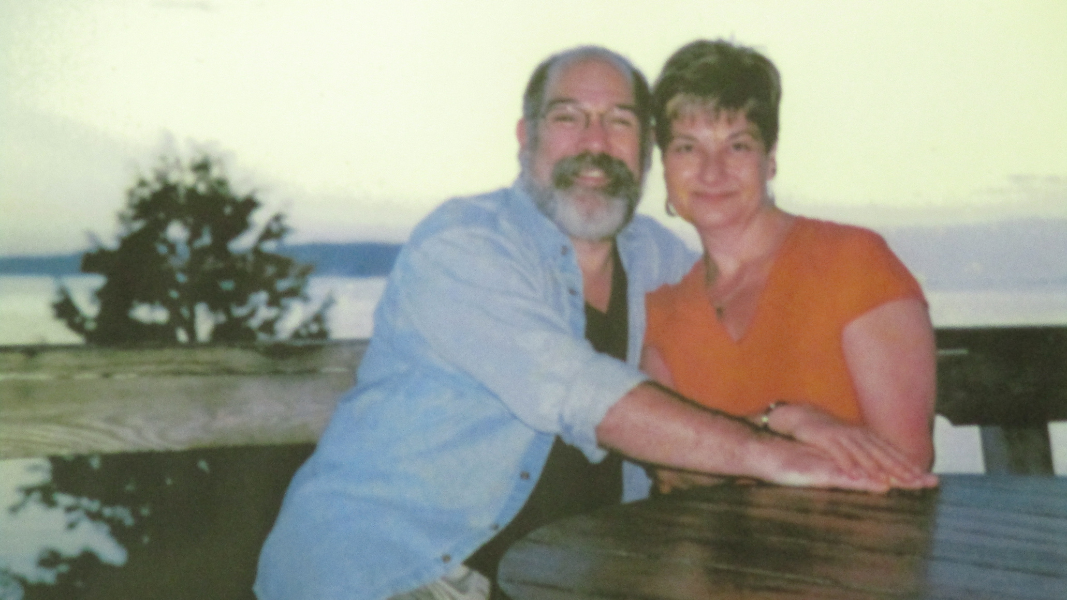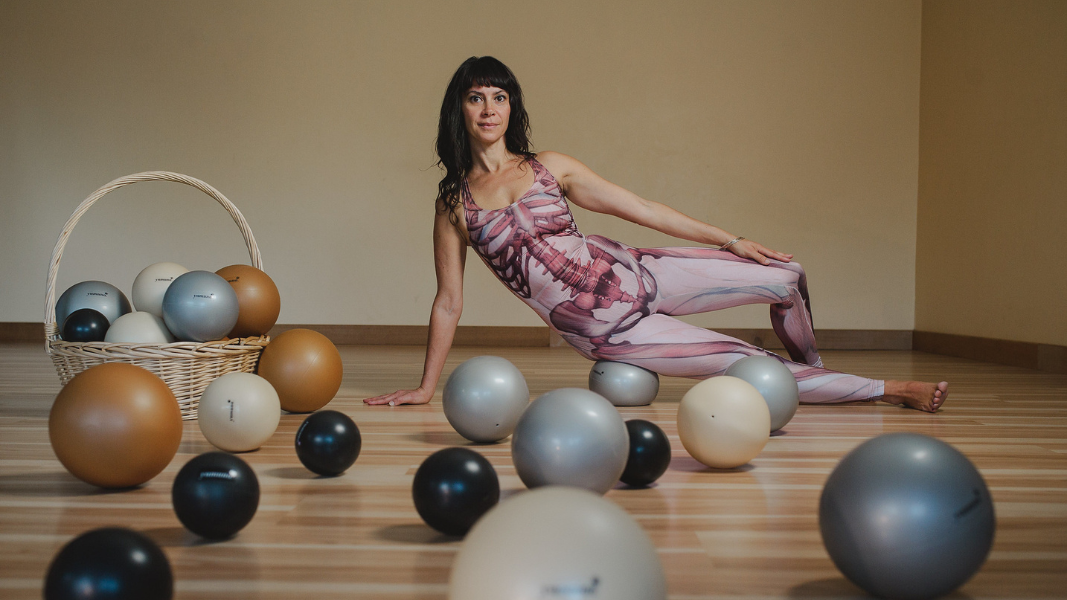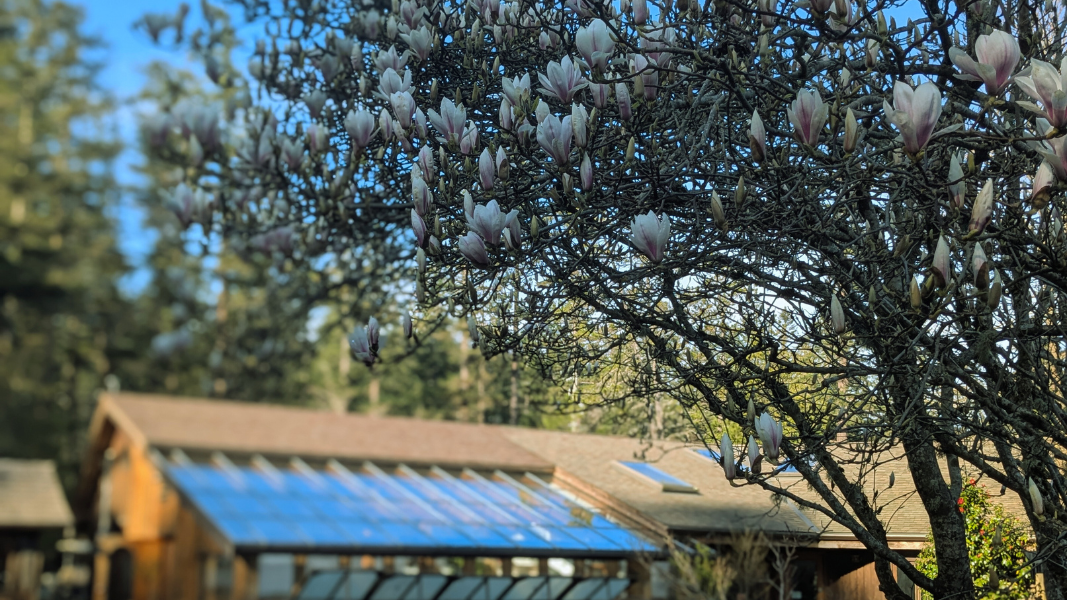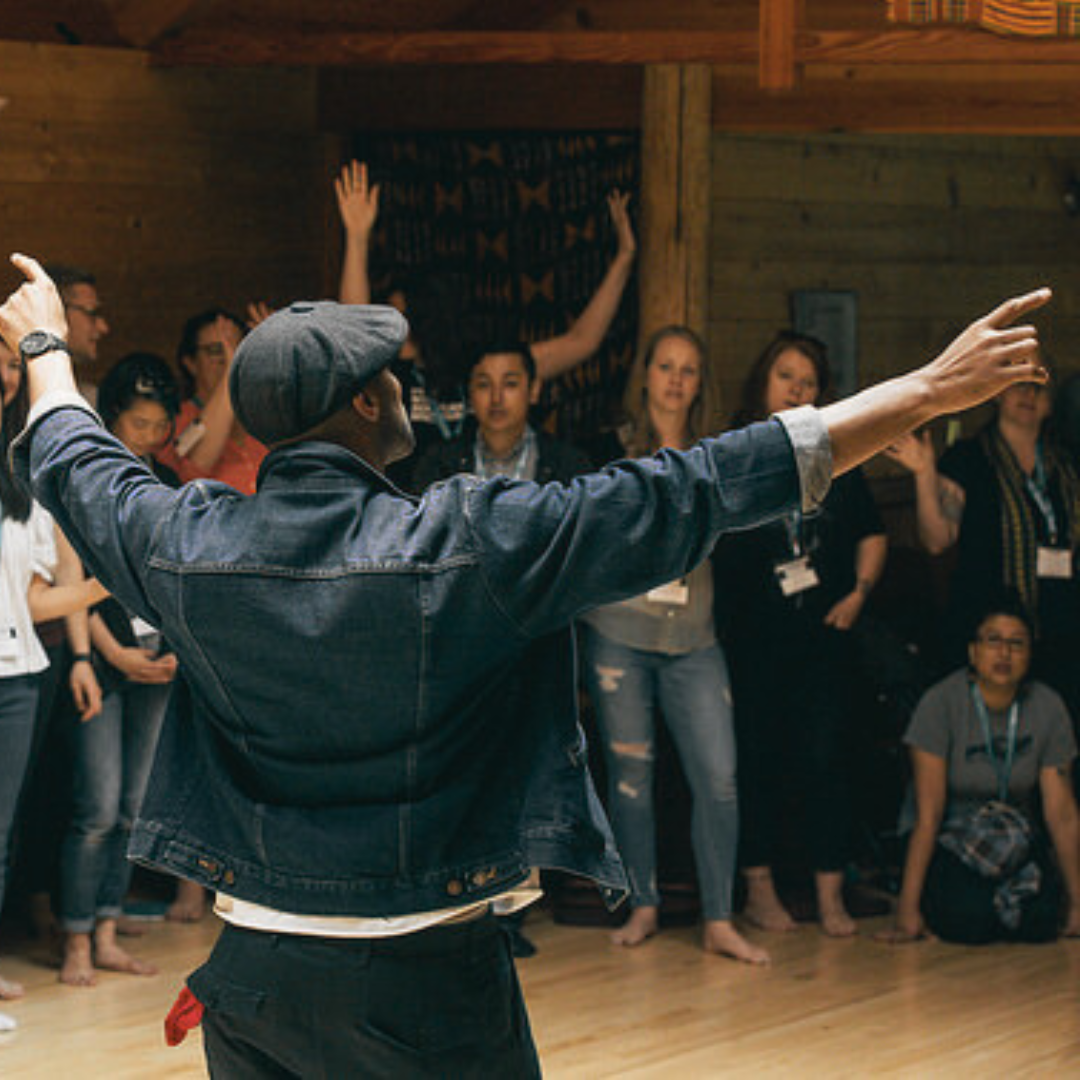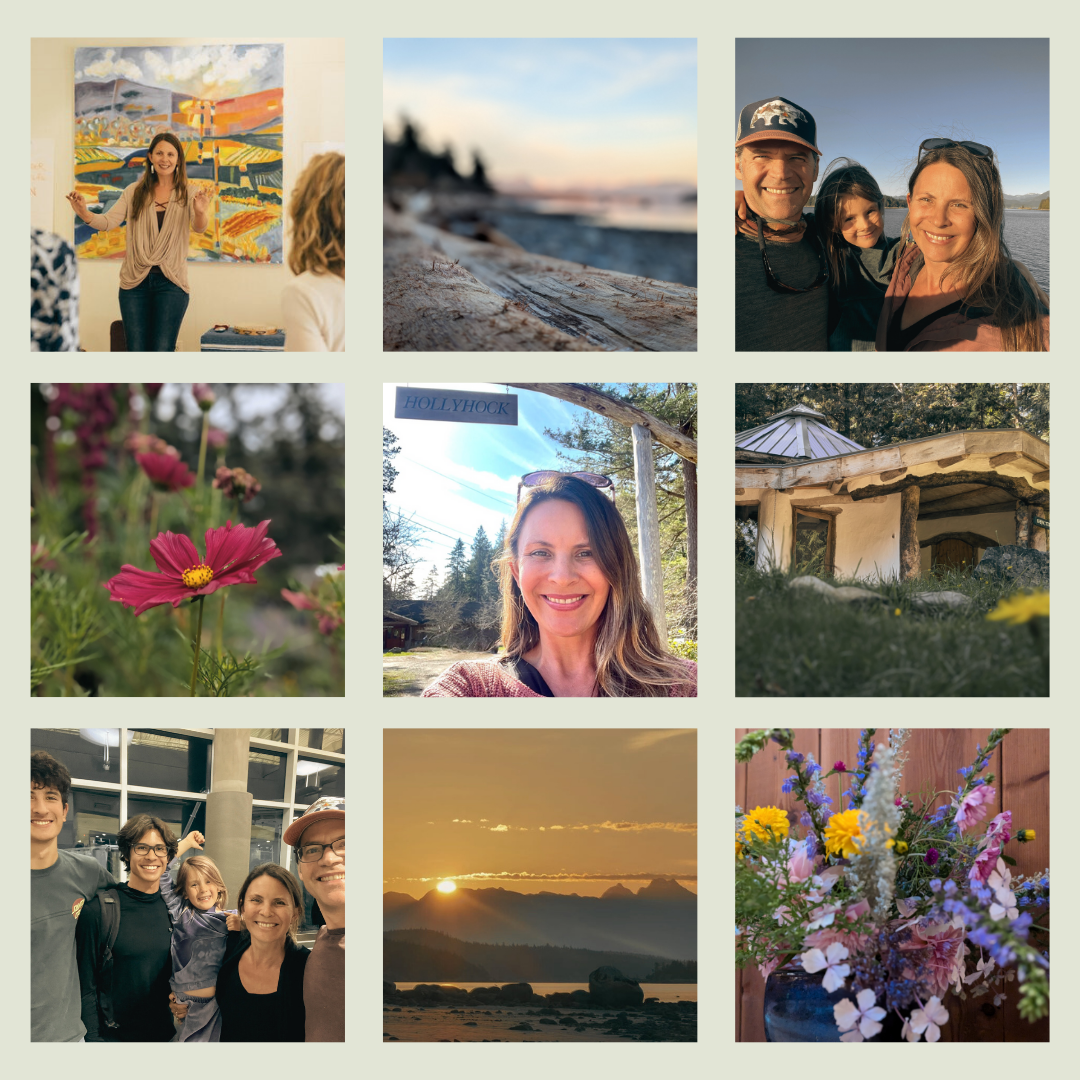When I was an undergraduate student studying Buddhism at McGill University, the door to the meditation hall was locked at 7:01. You were either there to start the meditation at 7AM, or you were not. It was clear, it was austere – it was Zen. Many times, I found myself locked out on the snow covered Montreal streets, up way too early for a student in his early 20s.
Earlier this month at Hollyhock, we welcomed a group of Thich Nhat Hanh’s Plum Village Buddhist Monastics to hold space for 80+ people working in the Climate movement. This Zen Buddhism was joyful, fun, and beautiful, and we never locked the meditation hall. The week included a sunrise meditation, a rapping Buddhist monk, and a number of deeply powerful Dharma talks featuring insights from Thich Naht Hanh’s lineage of engaged Buddhism.
The gathering was created by Tzeporah Berman and Christiana Figueres to give people working in the Climate movement across North America the internal tools to build greater resilience in order to create a deeper impact in their work. In particular, the gathering aimed at connecting the internal practices of being with external action in the world – in this time of escalating climate crisis. The gathering also served as a platform to build deeper connections between people working in Climate – especially where there is disagreement.
Doing inner work for outer impact is a core tenant of both Hollyhock and Plum Village.
Connecting inner work
We were very excited to host the gathering as it focused directly on the arc between inner work and outer impact – something that we know is deeply connected. It also brought together disparate voices – a cross section of the climate movement – into a shared container of honesty and trust. We believe this is fundamental. The natural wilderness of Hollyhock provided a perfect setting for a deep, healing connection to nature that allowed for recharge and rest.
The gathering brought together two threads of my life and wove them beautifully – Buddhism and activism. I was so amazed at the depth of the conversations I had every SINGLE meal (the ones that were not held in silence!) – the honesty, the awareness, the joy, the suffering, and the compassion. I am certain there is something deep in these experiences for our movements and society broadly. Hollyhock is connected to so many different social movements and I continue to wonder: what would the world look like if our movements could apply these teachings? What would our politics look like? What would our economic system look like?
The gathering continues to stir questions and reflections in me. On Cortes, we have set up a small sharing circle to continue to grow our insights. Here are three core insights that I have been sitting with me that I want to share in the hope that they offer some wisdom to those of us trying to build a more just, sane, peaceful world.
Nirvana is now
Breathing in, breathing out. This is the present moment. At the beginning of the retreat, the monastics eloquently said, “mindfulness is not a pill, but a practice.” When we can connect with our breath, we pull ourselves away from our narrative mind, thinking about the past, planning for the future, and experience the present moment as it is – in all its beauty and sorrow. In the present we can find profound connection to ourselves, each other and the natural world.
This is very hard work for folks working on climate campaigns and other social movement work – where the clock is ticking ever so loudly. And yet, the power of the awareness of the present moment can allow us to find the spaciousness for new thinking and creative solutions to old problems – particularly as it relates to collaboration across the movement. How would our campaigns look if we practiced present moment awareness that allowed for deeper connection to our own experience as humans working in social movements – with all its struggle and frustration?
In one of the sharing circles I was a part of in the retreat, one of the monastics shared a story about caring for Thich Nhat Hanh through an illness. His words were a powerful metaphor, he said “I spent the first part of his illness trying to figure out what I could do [to solve the problem]. Then I realized that he just needed to know I was there, so I just held his hand.” How many people working in social movements need to know that other people are there? What would it look like if we practiced deep presence in our personal and professional relationships?
Heaven and Hell are in your mind
For years, I have bristled at the idea that we can choose happiness or optimism. This argument has often often felt naive or ignorant of systemic barriers that can make choice a luxury. Throughout the retreat, the monastics helped me understand that the process of choosing happiness is a practice. They used a beautiful garden metaphor to suggest we all have the seeds of suffering and joy in our consciousness and the choice is in which seeds we practice watering.
Connected to the power of presence, when an external or internal stimulus creates a reaction in us, we can choose how we want to respond (and what reaction we want to strengthen through practice). In his best selling book, Anger, Thich Nhat Hanh writes,
“At the moment you become angry, you tend to believe that your misery has been created by another person. You blame him or her for all your suffering. But by looking deeply, you may realize that the seed of anger in you is the main cause of your suffering. Many other people, confronted with the same situation, would not get angry like you…you may get angry very easily because your seed of anger is too strong…the seed of anger has been watered too often in the past” (36).
It made me think of Heaven and Hell in the Christian tradition. Rather than actual places, Heaven and Hell can also be interpreted as metaphors for our state of mind. Heaven is not a physical place, but rather an inner landscape of serenity that arises when we cultivate positive thoughts, compassion, and gratitude. On the other hand, Hell symbolizes the depths of mental anguish, negativity, and despair. It represents a mind consumed by fear, anger, and greed, leading to a perpetual state of suffering. Hell is the consequence of our own destructive thoughts and actions.
This concept resonates deeply with me. Working in politics, advocacy, and social change for over 20 years, I have watered the seeds of anger, frustration, impatience, and despair many, many, times. I have built entire friendships around watering those seeds and cultivating more of the same. Over the last couple of years, working with a powerful coach, I have really started to recognize the impact. The Plum Village monastics helped me put an exclamation point on it. What would it look like if practitioners of social change could operate from a place of awareness that had them watering the seeds of compassion and joy? What would it look like if we were in right relationship with our anger?
We can’t do any of this alone
The sangha (community of practice) is a central component of Buddhism. The community of practice holds you, supports you, encourages you, and provides accountability. When the Buddha talked about the community of practice he often used the metaphor of cells in a body – when the cells understand their roles, work together, the body will be healthy and perform miracles that otherwise would be impossible.
The analogy to our movements is profound. The task at hand, whether it be climate change, systemic racism, or economic inequality is massive and complex. The work is hard and never-ending. We require a strong community of practice to make it through. We require a community that holds us, reminds us to breathe and find joy, that holds us accountable with love and compassion, that allows us to rest. I am struck by the image of birds flying through the sky as a symphony of movement. Each one understands the role that it plays and supports the others in totality of the movement.
To operate in a community of practice requires the insight provided by presence and the cultivation of awareness. As individuals and organizations we have to recognize when we are acting/reacting from a place of fear and scarcity. When we are certain that we have the right answer (“are you sure?”), the right strategy, the right approach. When our certainty and our power is harming the community and not letting it grow – with new ideas, new action, new perspectives that might threaten our positional power or hegemony. This reality (so incredibly human) deeply affects our movements for change.
The practice of community is a growth opportunity for me. I can often feel that I am right, that I understand the way forward, and can feel annoyed when someone wants to slow my direction down with “their opinion.” Mix that with some natural introversion, some slight imposter syndrome, and some generalized unworthiness and I am a human cocktail ready for growth. During the gathering, I noticed with compassion when I felt like I needed to back away or ghost. I noticed the feelings of defensiveness, doubt, and worry. The monastics asked us to hold those feelings dearly, with generosity and love. When I did, I noticed that possibility built inside me. It was slight, but that growth was there and it felt right.
Practice is the path
Hollyhock exists at the nexus of personal growth and social transformation. We practice and promote engaged leadership and believe that in order to build the world we want, we have to start with becoming the people we need to be. This is foundational to all of our programming. Since the onset of the industrial revolution, extractive capitalism and hyper-individualism have put humanity on a crash course with destruction and extinction. And yet, there is another path and that path starts with practice. The practice of watering the seeds of our interdependence, of recognizing the connection between all life, of seeing the suffering of one as the suffering of all. The fog of materialism is thick, but the light of awareness is stronger. And it is right here. Now. The meditation hall is not locked. Breathing in. Breathing out.

